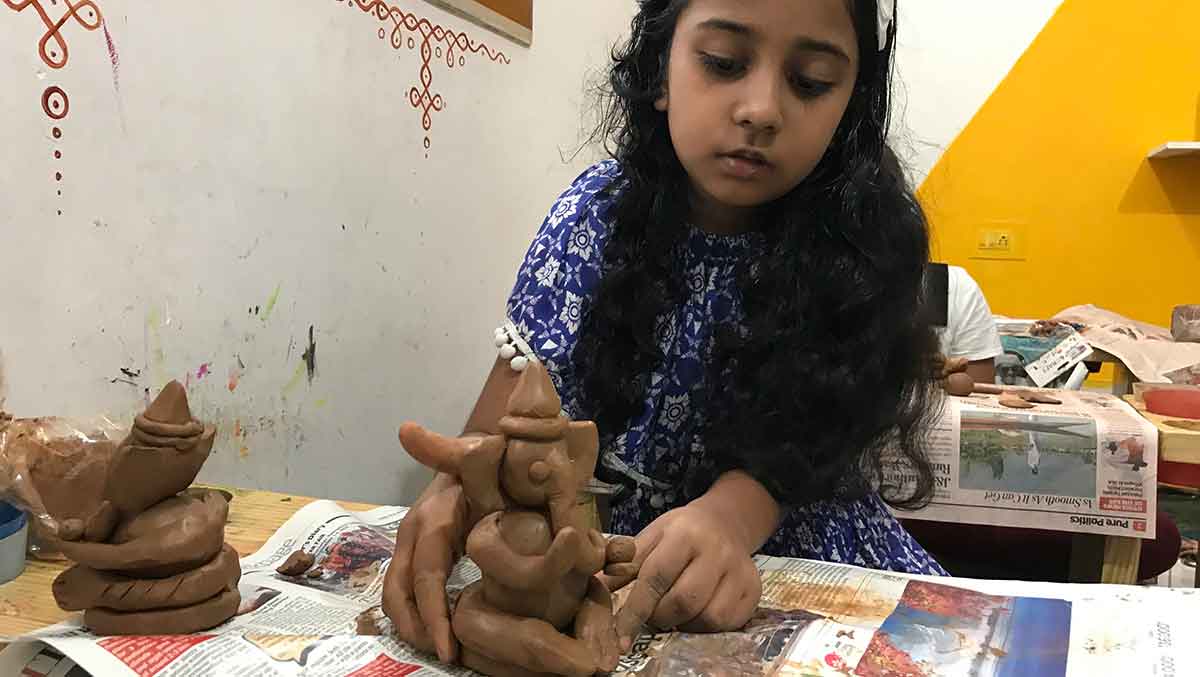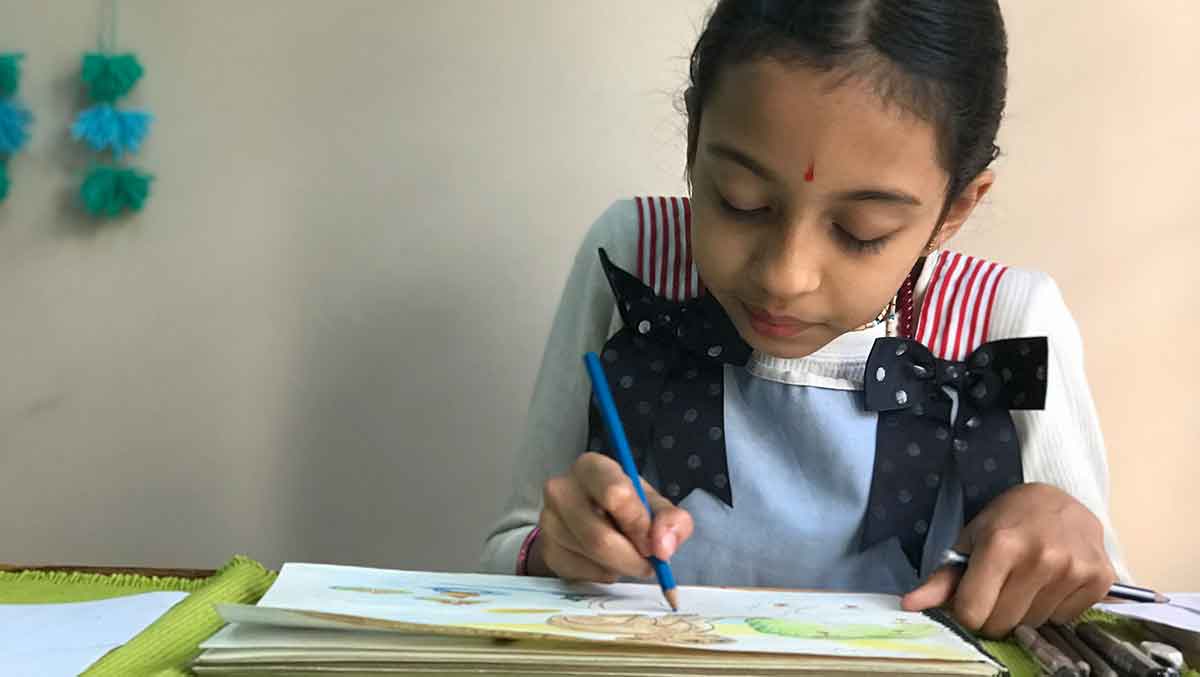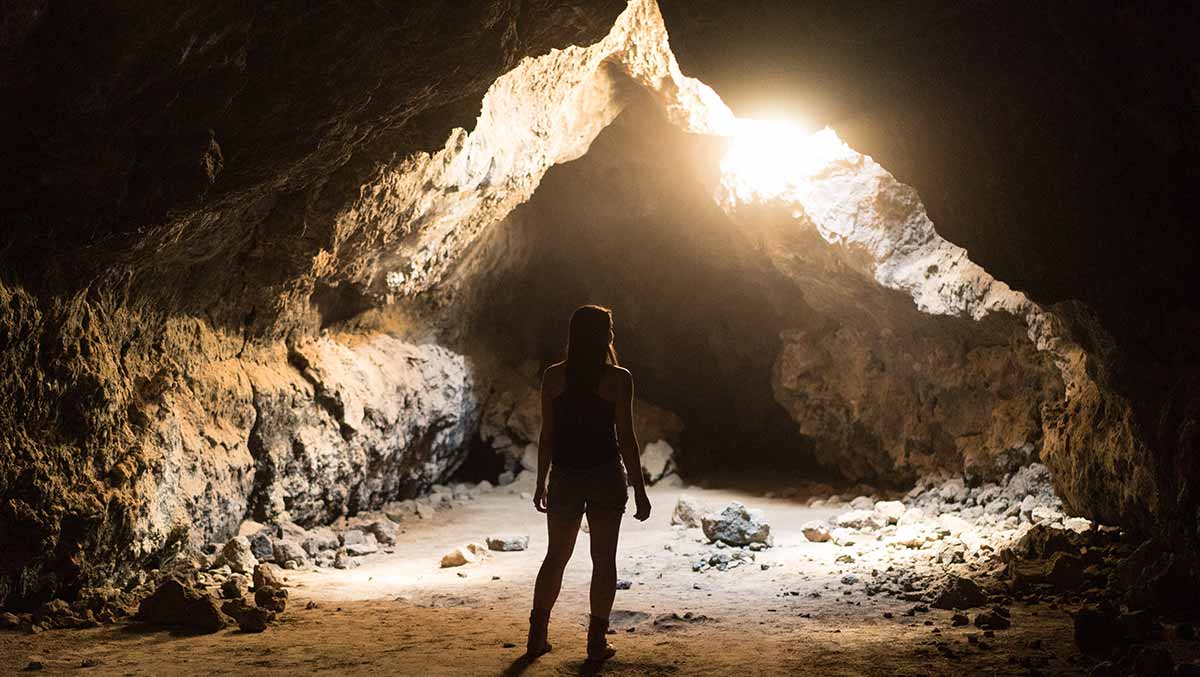
The vibrance and versatility of oil pastel artwork are just so amazing that you get mesmerized by the look of it! And even small kids could use them with much ease and be a master in it!
The versatility of oil pastels is being discussed here so you get more knowledge about it! And use it more often with more enthusiasm.
The versatility of oil pastels:
The consistency of oil pastels is buttery soft with vibrant colours, the component of which is made of pigment and oil-based binder, beeswax or other chemicals.
The advantage of oil pastels over soft pastels is that won’t crumble, smudge or create dust, it is much similar to crayons. Their colour is intense, much more stable and it does not require a fixative.
The versatility of oil pastels is amazing when creating various artworks as an artist use them in different ways, as it creates distinct types of textures like impasto.
For creating glazed or washed effects, oil pastels can be used in combination with turpentine and even some artists use heating techniques to create more vibrance of oil pastels.
But for blending, oil pastels are very different from dry pastels and hence, cannot be used in combination with other pastel mediums.
But when it is used with water-based painting mediums like watercolours, oil pastels work miraculously because of their water-resistant property. Oil pastels are much suitable for large artworks.
The benefits of using oil pastels are cheap, easy to transport, easy to clean, easy to control and for artists of all ages and skill levels it is perfect.
And because of its particular composition of the versatility of oil pastels, shows amazing effects, subtle gradients, gorgeous texture and luminous saturated colours.
There is an array of surfaces that you can work with when it comes to oil pastels and they pair with them well, because of the versatility of oil pastels.
Oil pastels are easy to work with on paper, canvas and board oil pastels can also be applied to wood and glass if they are primed well and properly.
Now, various techniques are used in oil pastels artworks, let’s learn about a few of them! Interesting, right? Go ahead then!
Techniques used in oil pastel artworks:
Various techniques can be used with oil pastels and make your picture more amazing with vibrant and striking effects because of the versatility of oil pastels.
Feathering, it’s a kind of a technique that would more focus on your tones and make them more evolved which is light to dark or even dark to light.
And because of this technique, your artwork would blend well and make the edges more smooth, so that it appears more beautiful and right.
Linear fashion is how the pastels are applied. The layer of lines can be short or as per your convenience and because of the layer a solid effect is created which make your art-pop.
Stippling is a kind of technology that uses adding small dots which are used to make up an object or to create shading effects. And as the versatility of oil pastels is amazing, stippling is a great technique to master.
Scumbling is a technique that is adored by various artists, it’s a long-standing method. With the help of stumbling a layer of colour could be anything, that is, either speckled, broken, scratchy and it’s added over another colour.
And because of this technique, a striking effect is created where the layer of colour which is underneath peeking through. And because of this, a stunning appearance of deep colour is produced.
The versatility of oil pastels is amazing and the benefit of it should be taken from a very young age being kids. Junior Pencil and Chai are coming up with various new ideas for the kids and bringing new programs!
Kids of Junior Pencil and Chai are going to use the versatility of oil pastels amazingly by making their artwork using oil pastels on an A3 size paper and learn various new things!
Artwork Credit: Artist Kavitha Jetti



